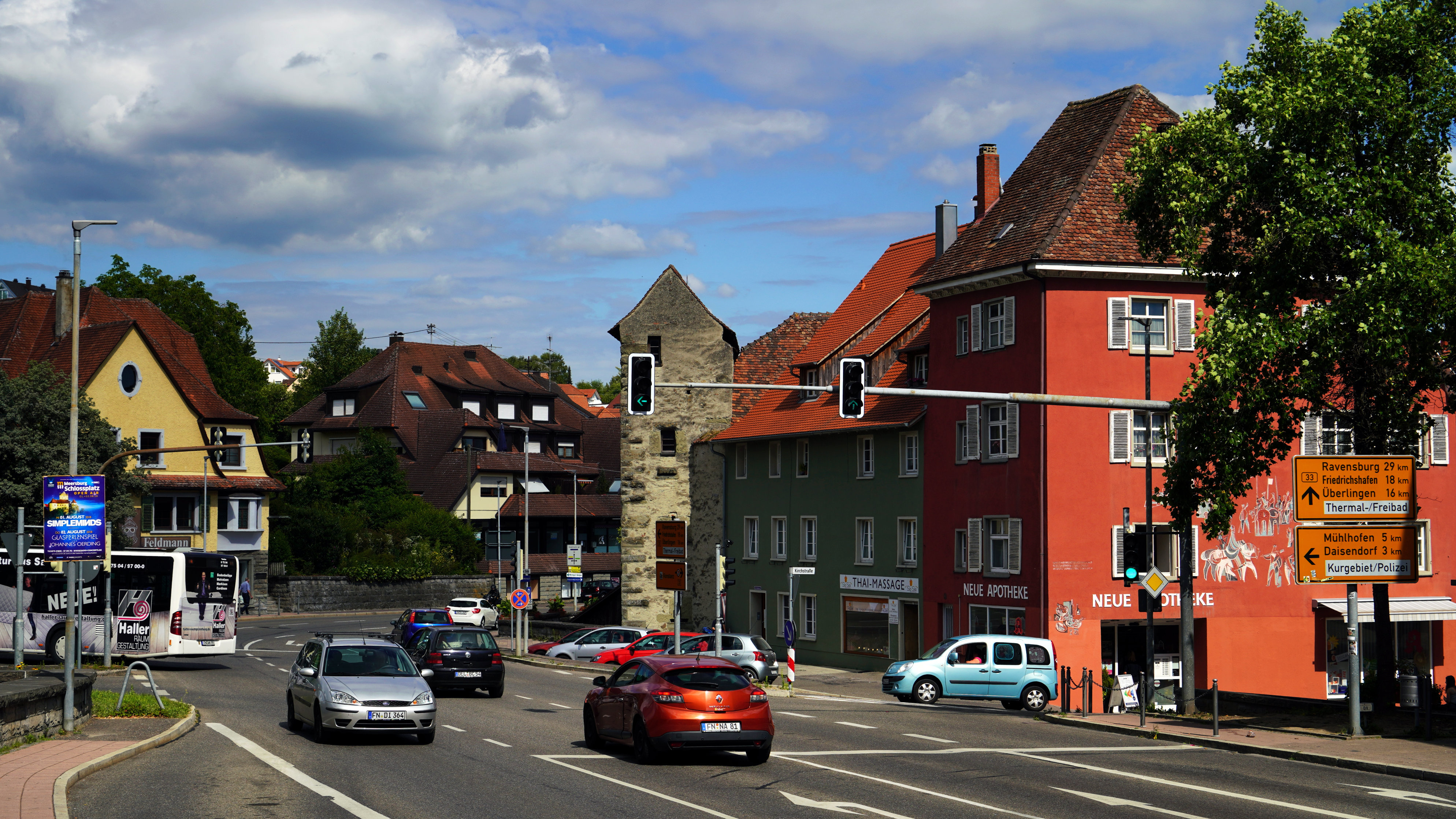Japan Travel
Tokyo’s Odaiba Gundam: Anime Icon Attraction
Standing at the precipice of Tokyo Bay, a colossus watches over the futuristic skyline of Odaiba. It is not a god or a monster, but a 19.7-meter-tall, 24.8-ton sentinel of steel, dreams, and nostalgia: the life-size, moving Unicorn Gundam. More than a mere statue, this awe-inspiring monument is the physical embodiment of Japan’s profound otaku culture, a testament to cutting-edge robotics, and a powerful pilgrimage site that bridges the gap between animated fantasy and tangible reality. Tokyo’s Odaiba Gundam is not just an attraction; it is a cultural phenomenon and a symbol of anime’s enduring legacy.
The story of the Odaiba Gundam is inextricably linked to the monumental franchise from which it was born. “Mobile Suit Gundam,” created by Yoshiyuki Tomino and premiering in 1979, was a revolutionary force in the anime landscape. It broke away from the simplistic tales of good versus evil, instead presenting a complex, gritty “real robot” genre where giant mechas were not invincible superheroes but piloted weapons of war, fraught with political intrigue and the profound human cost of conflict. The RX-78-2 Gundam, the original White Devil, became an instant icon. Over four decades, the franchise expanded into a vast universe of series, films, manga, and video games, cultivating a dedicated global fanbase known as “Gundam fans.” For these fans, Gundam is more than entertainment; it is a cornerstone of their identity. The erection of a full-scale Gundam was, therefore, the ultimate act of fan service—a dream made steel.

Odaiba itself provides the perfect, almost prophetic, backdrop for this giant robot. A man-made island initially conceived as a set of fortifications in the 1850s and later redeveloped into a futuristic hub for commerce and entertainment in the late 20th century, Odaiba feels like a setting ripped straight from a sci-fi anime. Its shimmering Rainbow Bridge, the Fuji Television Building’s avant-garde architecture, and the sleek lines of the Miraikan science museum create a landscape that feels both of today and tomorrow. Placing a giant robot in this context feels less like an anomaly and more like a natural feature of the skyline. It completes the picture, fulfilling Odaiba’s latent promise of a high-tech future.
The evolution of the Gundam statue in Odaiba is a story of relentless innovation. The first incarnation, a static RX-78-2 Gundam, stood guard from 2009 to 2017 at the Shiokaze Park, marking the 30th anniversary of the franchise. It was a breathtaking sight, but it was only the beginning. In 2017, it was replaced by a new, more technologically advanced model: the RX-0 Unicorn Gundam. This was not a simple swap; it was a massive upgrade. Based on the mobile suit from “Mobile Suit Gundam Unicorn,” this new statue introduced an unprecedented level of dynamism. Through a breathtaking transformation sequence activated at scheduled times throughout the day, the Unicorn Gundam comes to life. Its armor plates shift and separate, its V-fin crest splits, and its psycho-frame skeleton glows a vibrant, pulsating red. The statue is equipped with over 50 points of movement, accompanied by booming sound effects and music from the anime series. This daily performance is a masterclass in engineering and theatricality, transforming the statue from a passive monument into a performing actor, captivating audiences and creating a shared, momentous experience for all who witness it.
The impact of this attraction extends far beyond the immediate spectacle. It is the crown jewel of the Gundam Base Tokyo, a massive dedicated complex within the DiverCity Tokyo Plaza shopping mall. Here, fandom is monetized and celebrated in equal measure. The complex houses a vast store selling an exhaustive array of Gunpla (Gundam plastic models), from beginner-friendly kits to rare, exclusive editions sought after by collectors. For enthusiasts, it is a paradise. But the Gundam’s influence radiates outward, significantly boosting tourism and local economy. Visitors from across Japan and the world make the journey to Odaiba specifically for the Gundam, subsequently patronizing nearby restaurants, shops, and other attractions. It has become an essential stop on any anime fan’s itinerary to Tokyo, a must-have photo that signifies a pilgrimage fulfilled.
On a deeper level, the Odaiba Gundam represents something far greater than commerce or engineering; it is a powerful symbol of Japanese soft power and cultural identity. Anime and manga are among Japan’s most successful cultural exports, and the Gundam statue stands as a monumental tribute to this global influence. It is a statement of national pride in a homegrown art form. For the countless fans who gather at its feet, the statue fosters a profound sense of community. Strangers are united by a shared language of fandom, pointing cameras upwards in unison, gasping collectively during the transformation, and bonding over a shared love for the stories this machine represents. It validates a passion that was once considered niche, elevating it to a publicly celebrated and respected art form.
In conclusion, Tokyo’s Odaiba Gundam is a multifaceted marvel. It is a stunning feat of robotic engineering that pushes the boundaries of public art, a thriving tourist magnet that energizes its surroundings, and a hallowed cultural touchstone that honors nearly half a century of storytelling. It stands as a permanent bridge between the two-dimensional world of animation and our three-dimensional reality, a symbol of the power of human imagination to build its own legends. As it shifts and transforms against the backdrop of a setting sun over Tokyo Bay, the Unicorn Gundam is more than a statue—it is a dream, fully realized, reminding everyone who sees it that giants can be real.
相关文章
- Yamagata’s Zao Onsen: Snow Monster Hot Spring Attraction
- Japan’s Maid Cafés: Akihabara Subculture Attractions
- Okayama’s Okayama Korakuen: Historic Garden Attraction
- Japan’s Horse Racing Tracks: Equestrian Sports Attractions
- Japan’s Doll Festivals: Hinamatsuri Attractions
- Kagoshima’s Ibusuki Onsen: Sand Bath Hot Spring Attraction
- Japan’s Table Tennis Clubs: Recreational Attractions
- Kyoto’s Nishiki Market: 400-Year-Old Food Attraction
- Japan’s Camellia Festivals: Winter Flower Attractions
- Miyagi’s Matsushima Bay: Scenic Island Attraction
发表评论
评论列表
- 这篇文章还没有收到评论,赶紧来抢沙发吧~


